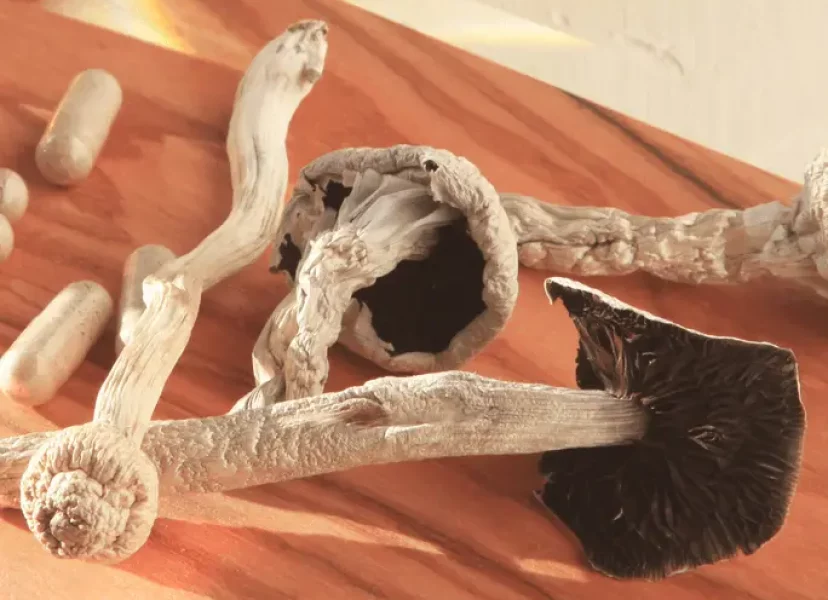
¿Qué es la Terapia Psicodélica?
Los psicodélicos han despertado el interés de muchas personas en los últimos años. Es posible que haya escuchado que se hace referencia al LSD o
Click to download our Free Psilocybin Sourcing Guide

Los psicodélicos han despertado el interés de muchas personas en los últimos años. Es posible que haya escuchado que se hace referencia al LSD o

2020 was a landmark year for psychedelic reform: one district, two cities, and an entire state passed legislation that decriminalized psychedelics in some way. And

Psychedelics are a popular topic nowadays, partly because psychedelic users are no longer keeping their use a secret. People from all walks of life are

Over the past several decades, cannabis has made major strides towards legalization. From medicinal use to approved recreational consumption; today there are more states where

A psychedelic experience creates both mental and physiological changes. While it’s the mental changes that most psychedelic users seek and enjoy, there are many changes

The allure of psychedelics transcends generational boundaries, captivating people across diverse demographics and life stages. While this isn’t about gatekeeping psychedelics and dictating a standardized

Psychedelics tend to get an undeserved reputation as a useless class of “designer” or “party drugs.” While it’s true that psychedelic compounds like LSD and

Psychedelics have piqued a lot of people’s interest in recent years. Sure you may have heard LSD or ‘magic mushrooms’ being referenced in popular songs

The range of reasons why people use psychedelics is just as varied as the effects. That is to say, they’re quite different for every person.

A few decades ago, it would be unfathomable to think that taking small and frequent amounts of a psychedelic substance could improve your life, let
We only send you what you need to know to use psychedelics for your healing journey.

DISCLAIMER: Psychedelic Passage does not provide psychoactive or controlled substances. Many controlled substances are illegal. The illegal use of a controlled substance may result in criminal consequences. Using controlled substances outside of the lawful supervision of a medical professional may also result in serious health complications including death. We are not licensed therapists, counselors, or medical professionals. We are not spiritual guides or scientists. We are a harm reduction company. Please use your discretion and consult a medical professional to ensure our services meet your needs. Any referrals to third parties that we may provide are informational, for your convenience only, and based on the criteria you provide to us. You are solely responsible for making a selection of a practitioner or other service and determining whether he/she/they are appropriate for you. No referral is an endorsement or recommendation of the practitioner or their services. Please conduct your due diligence on any practitioner you use. We do not provide referrals to “underground” (illegal) psychedelic services. Any information received through our services should be considered for educational purposes and not be misconstrued as medical or legal advice. Please use your discretion and consult with a medical professional to ensure our services meet your needs.
13918 E. Mississippi Ave. #68175 Aurora, CO 80012
Search for anything like: microdosing, dosage, integration
You can now close this window.
Just tell us where to send it…